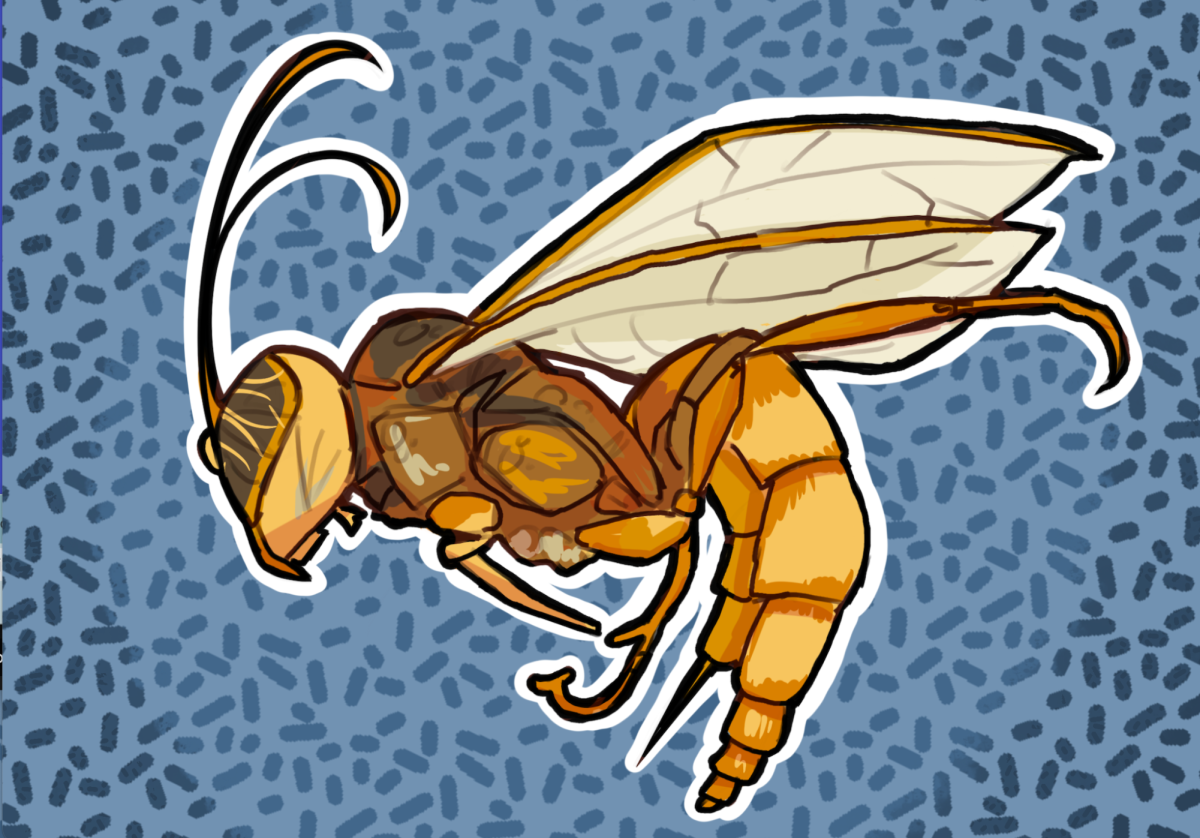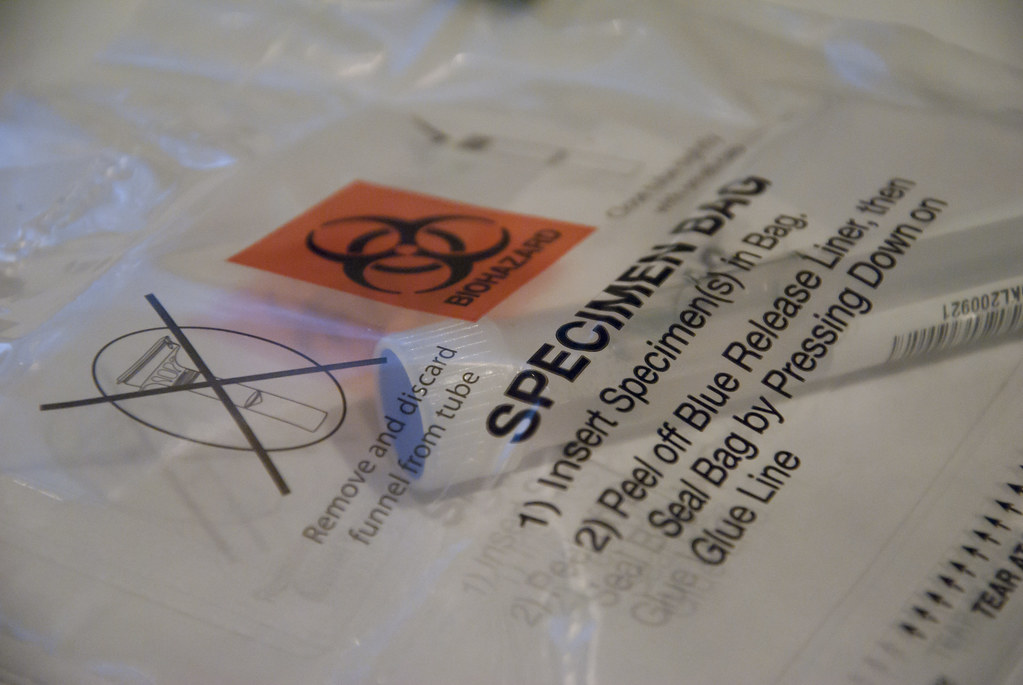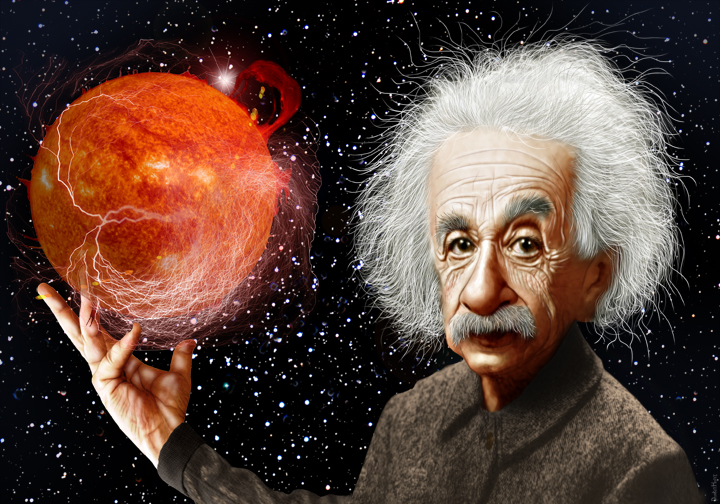Just this past season, scientists have discovered a new bug in the Allpahuayo-Mishana National Reserve in the Peruvian Amazon located within the country of Peru. The rainforest is the most biodiverse rainforest in the world, with many newly discovered species of animals and others that are yet to be discovered.
According to SciTechDaily, this new bug is a large parasitoid wasp species with the scientific name Capitojoppa Amazonica and has only been discovered in the Peruvian rainforest. The wasp is in the subfamily Ichneumoninae, where the insects have all been categorized as large and colorful, feeding on butterfly caterpillars and pupae.
The name strategically categorizes the bug, with Capito referring to a large and strong beak, joppa referring to the wasp genus and Amazonica referring to the Amazon.
The wasp is likely to have been discovered already in the past by indigenous people and local inhabitants, but there have been many debates and people expressing their own perspectives on the issue of whether or not this is a new scientific discovery.
Sophomore Anthony Lau voiced his thoughts on the topic. “Even if local inhabitants have seen the insect before and classified it in their own way, scientists are able to classify in a uniform way in accordance with how they classify other animals,” Lau said. “If there are already people who are aware of something, [but] knowledge is not shared with the rest of the world, it has very little effect. “
On the other hand, others are in the middle of the debate and taking up multiple stances. For sophomore Kimberly Lee, “it would be a new scientific discovery in the eyes of science but it could have been already discovered and never researched more simply because the person who found it was not a scientist.”
Additionally, with this new study on the bug, there will be many more studies happening in the future for the other yet-to-be discovered bugs in the rainforest.
However, there has been an increase in rising concerns for the environmental impacts that the new studies are showing.
According to Lau, “when researchers disrupt the growth of this new species, it will likely affect the ecosystem in unpredictable ways — scientists previously did not know of the existence of this species and therefore did not know what impact it has on its ecosystem. If the growth of this species is disrupted in some way, the resulting effects on the ecosystem are impossible to accurately guess.”
In corroboration, Lee said, “this application is mainly for the benefit of human society and can negatively affect the environment. This could mean the removal of parts of their populations for research purposes or the destruction of their habitat (whether they know or not) all for the sake of researching a new discovery.”
If you would like to voice your opinion on an issue you feel is relevant to our community, please do so here. Anyone is able and welcome to submit a Letter to the Editor, regardless of journalistic experience or writing skills. Submissions may be published either online or in a print issue.











